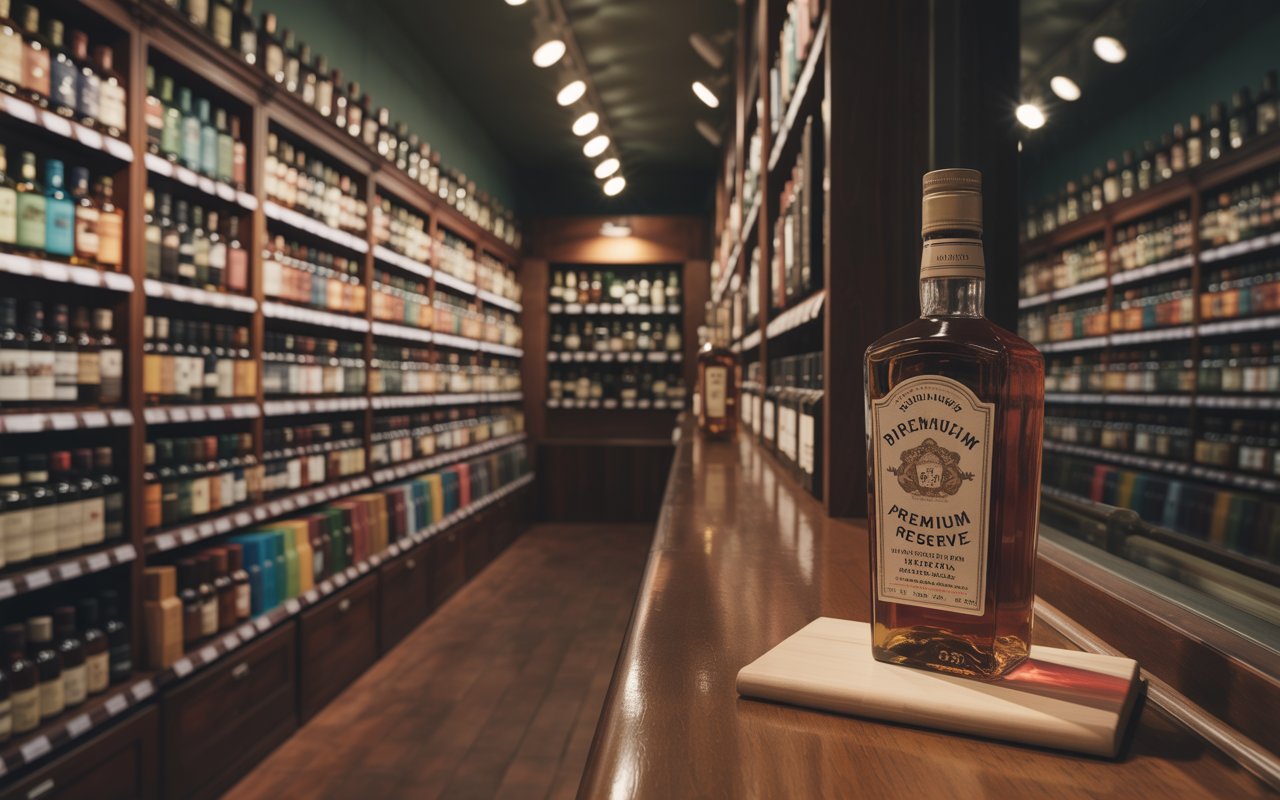Scotch Whisky – Tradition, Flavor, and Elegance in Every Sip
Few spirits carry the depth of tradition and global admiration that scotch whisky does. Known for its rich flavor profile, precise distillation process, and protected geographical identity, scotch whisky is more than just a drink—it’s a cultural experience. Whether you’re new to whisky or a seasoned connoisseur, this iconic spirit offers something truly exceptional.
What Is Scotch Whisky?
Scotch whisky is a distilled spirit made in Scotland, aged in oak barrels for at least three years, and crafted using malted barley or grain. Unlike other whiskies around the world, scotch is protected by law and must follow strict production guidelines to earn the name.
There are five official whisky-producing regions in Scotland:
-
Speyside
-
Highlands
-
Islay
-
Campbeltown
-
Lowlands
Each region offers distinct characteristics in aroma, taste, and finish.
Types of Scotch Whisky
Understanding the different types of scotch whisky helps you find the flavor that suits your palate.
1. Single Malt Scotch
Made from 100% malted barley and produced at a single distillery. Known for depth and complexity.
2. Single Grain Scotch
Made at one distillery but may include other grains. Often used in blends.
3. Blended Scotch
A mix of one or more single malts with single grain whisky. Smooth, accessible, and versatile.
4. Blended Malt Scotch
Combines several single malts from different distilleries—no grain whisky added.
5. Blended Grain Scotch
A mix of single grain whiskies from multiple distilleries.
Flavor Profiles and What to Expect
The taste of scotch whisky varies by region and type:
-
Speyside: Fruity, nutty, and smooth
-
Highlands: Full-bodied, sometimes spicy or peaty
-
Islay: Smoky, salty, and bold
-
Lowlands: Light, floral, and easy to sip
-
Campbeltown: Complex, briny, and slightly smoky
Whether you prefer a sweet, peaty, or smoky finish, there’s a scotch to match your taste.
How to Enjoy Scotch Whisky
There’s no wrong way to enjoy scotch whisky, but a few guidelines can enhance your experience:
-
Neat: Classic method, served without ice or water
-
With a splash of water: Opens up complex flavors
-
On the rocks: Slightly chilled, smooth sips
-
In cocktails: Try in a Rob Roy or Rusty Nail for a twist
Use a tulip-shaped glass to focus the aroma and sip slowly to enjoy every note.
Top Scotch Whisky Brands to Try
-
Glenfiddich
-
Macallan
-
Lagavulin
-
Glenlivet
-
Ardbeg
-
Chivas Regal
-
Laphroaig
Each brand offers unique expressions with varying age statements and cask finishes.
The Role of Aging in Scotch Whisky
One of the key elements that define the character and value of scotch whisky is the aging process. By law, scotch must be aged in oak casks for a minimum of three years, though many are aged for 10, 12, 18, or even 25+ years.
How Aging Affects Flavor:
-
Younger scotches (3–8 years): Tend to be brighter, sharper, and slightly more raw in flavor.
-
Mid-aged scotches (10–18 years): Show balanced notes, from caramel and vanilla to fruit and spice.
-
Older scotches (20+ years): Often smoother, richer, and more complex with layered aromas and long finishes.
Barrel type plays a huge role in the final flavor. Many distilleries use ex-bourbon barrels, while others opt for sherry casks or port wine barrels, adding sweetness or fruitiness.
Scotch Whisky as an Investment
Beyond drinking, scotch whisky has grown in popularity as a collector’s item and financial investment. Limited editions, rare distillery releases, or discontinued bottles can increase in value significantly over time.
Tips for Investing:
-
Choose well-known distilleries like Macallan, GlenDronach, or Springbank
-
Look for age statements, limited runs, or special cask finishes
-
Store bottles upright in cool, dark conditions
Whisky auctions and specialty retailers provide platforms for buying and selling collectible bottles, making this a hobby with both taste and value.
Perfect Food Pairings
Pairing scotch whisky with food can elevate both the meal and the drink. Here are some pairing ideas:
-
Smoky Islay whiskies (like Laphroaig): Pair with BBQ ribs, smoked meats, or oysters
-
Sherry-cask aged whiskies: Great with dark chocolate, spiced cakes, or aged cheese
-
Fruity Speyside whiskies: Excellent with roasted duck, salmon, or apple pie
-
Light Lowland whiskies: Complement shellfish or sushi
Pairing scotch is about balance — matching flavor intensity and allowing both drink and food to shine.
Global Appeal of Scotch Whisky
While scotch is a product of Scotland, its fanbase is worldwide. Countries like the USA, Japan, France, and China have booming markets for premium and rare scotch whisky. Whisky bars, tasting events, and whisky clubs continue to grow, offering people everywhere a chance to explore this refined spirit.
Scotch whisky isn’t just a drink — it’s a global tradition, a collectible, and a gateway into centuries of craftsmanship and pride.
Conclusion
Scotch whisky is a timeless symbol of craftsmanship, culture, and flavor. Whether you’re enjoying a single malt from the Highlands or a bold Islay blend, every bottle tells a story rooted in Scottish tradition. Sip slowly, explore different styles, and discover why scotch remains one of the world’s most respected spirits.
